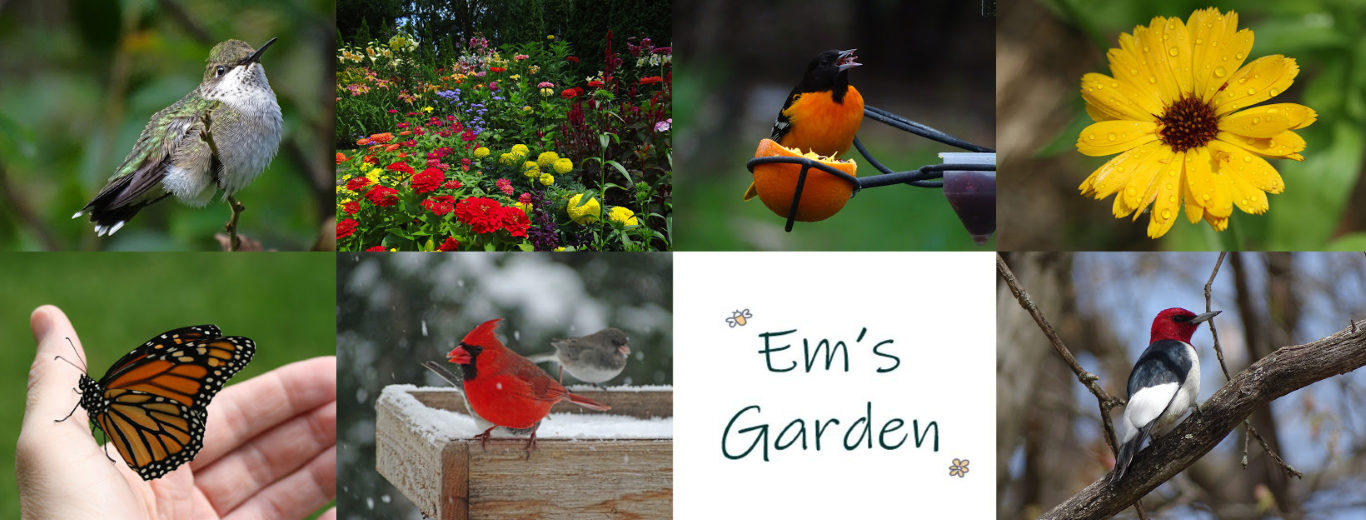They share the white cheeks, black cap and speedy movements of a Black-capped Chickadee, but unlike the year-round resident chickadee, the Blackpoll Warbler visits southern Wisconsin for only a short time each year. I’ve spotted a few in my neighborhood during spring migrations over the years, but it wasn’t until last spring that I got to enjoy this bird up close.
Like other warblers, the Blackpoll eats mainly insects and spiders. They appear in my neighborhood in late April and early May and catch insects that swarm around the emerging oak tree flowers.
Blackpoll Warblers were in the birding news recently because scientists now have proof that the birds fly nearly 1600 miles from Canada to South America in just 2 or 3 days during fall migration. The amazing part is that the flight takes place over the Atlantic Ocean.
Scientists attached geolocators to 40 birds and were able to recapture 5 of them. The birds leave eastern Canada and New England and land 2 to 3 days later in Puerto Rico, Cuba and the Greater Antilles before moving on to Venezuela and Columbia.
Bill DeLuca, an environmental conservation research fellow at the University of Massachusetts Amherst said, “…this is one of the longest nonstop over-water flights ever recorded for a songbird.”
Last May my friend and I noticed a small pool of water along the roadside that was attracting warblers. We stopped our vehicle just in time to watch a Blackpoll Warbler take a bath and do some preening:
It blows my mind to think about all they get to see in a year. They spend their summers in the boreal forest of Canada with our common songbirds plus black bear, moose, deer and lynx. But in the winter they fly about Venezuela with parrots, parakeets, flamingos and macaws among animals like anteaters, Capuchin monkeys and sloths.
One little bird sees more natural diversity in a year than most of us will see in an entire lifetime. That’s amazing.
